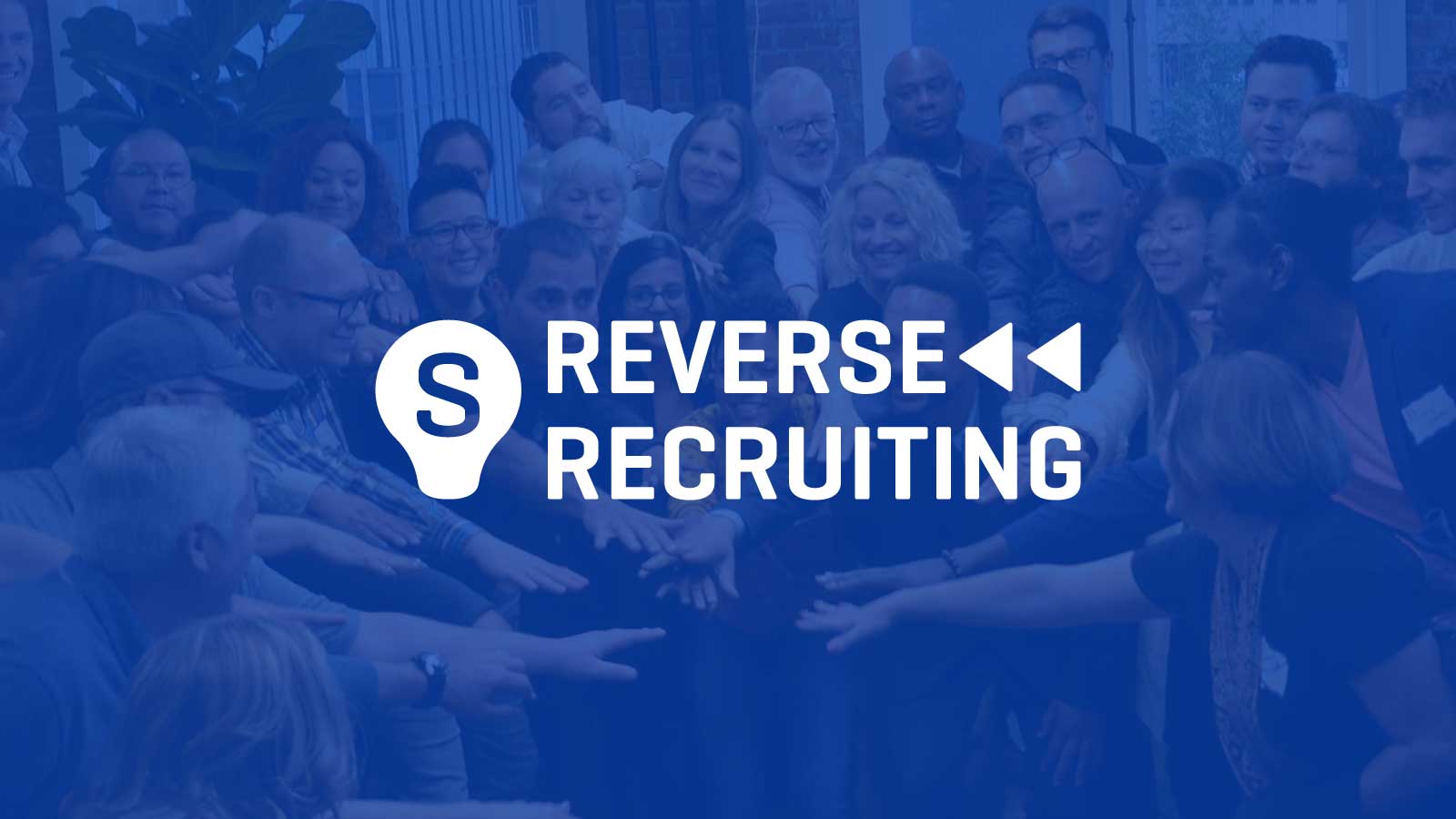Boost Your Hiring Game With Strategic Reverse Recruiting Strategies
In the realm of skill procurement, typical recruiting methods have long been the norm. Nevertheless, as the landscape of working with evolves, organizations are increasingly turning to innovative techniques such as critical reverse recruiting to obtain an one-upmanship in securing top talent. This shift in way of thinking calls for a thoughtful reconsideration of just how firms come close to the working with process, concentrating on bring in easy prospects as opposed to only counting on energetic task hunters. By flipping the script and proactively involving with individuals that may not be proactively looking for brand-new chances, companies open themselves up to a swimming pool of untapped potential. This calculated method not only expands the ability pipeline but also cultivates a more diverse and competent workforce.
Recognizing Critical Opposite Recruiting
Tactically leveraging the principle of reverse recruiting can substantially boost your organization's talent acquisition technique. By flipping the conventional recruitment approach on its head, reverse recruiting entails proactively looking for and bring in easy prospects that may not be actively seeking brand-new possibilities. This proactive technique permits business to take advantage of a pool of top notch skill that might not be easily accessible via conventional task posts alone.
Understanding the details of tactical reverse recruiting is important for its successful application. It requires a deep understanding of the sector landscape, rival evaluation, and the particular ability that are in high demand. reverse recruiting. By conducting detailed research and leveraging market insights, companies can determine and involve with top ability in a much more customized and targeted way

Benefits of Reverse Hiring
Reverse recruiting offers a special approach to skill acquisition by proactively engaging with passive prospects that may not be actively seeking work opportunities. This technique enables firms to tap right into a swimming pool of talent that conventional recruiting approaches could overlook. One of the crucial benefits of reverse recruiting is the capacity to target candidates who are currently used and pleased in their current roles. These individuals are usually top performers in their respective fields, bringing useful abilities and experience to the table.

Trick Components of Reverse Recruiting
Having discovered the benefits of reverse recruiting in targeting leading entertainers who are material in their existing roles, it is crucial to understand the crucial components that make this method effective in attracting passive prospects. The first essential element is constructing a strong employer brand name. Easy prospects are typically not proactively looking for new chances, so having a favorable reputation as an employer can stimulate their passion. Leveraging social media platforms and employer testimonial sites to showcase business society and values can help hereof.
Another important element is customized outreach. Given that passive prospects are not proactively searching for jobs, common recruitment messages are most likely to be forgotten. Customizing outreach initiatives to highlight just how the specific skills and experiences of the prospect straighten with the firm's requirements can considerably raise the opportunities of getting their attention.
Furthermore, fostering relationships with easy prospects in time is important. On a regular basis engaging with them through networking occasions, market conferences, or perhaps periodic check-ins can assist build relationship and count on, making them more responsive to possible task opportunities in the future. By including these crucial components right into reverse recruiting techniques, organizations can successfully attract and work with top talent from the swimming pool of passive prospects.
Executing Reverse Hiring Techniques

Furthermore, producing engaging company branding and showcasing a positive business society can help attract easy prospects and encourage them to think about brand-new job opportunities. Developing a skill area or ability pipe can also be valuable in supporting connections with passive candidates with time, maintaining them engaged and thinking about prospective future duties within the organization. On the whole, implementing reverse recruiting techniques needs a positive and tailored approach to talent acquisition, focusing on establishing meaningful connections with passive candidates to drive long-term recruitment success.
Measuring Success in Reverse Recruiting
Efficient measurement of success in recruiting techniques needs a detailed examination of crucial efficiency signs and metrics to examine the effect and performance of ability acquisition initiatives. In the context of reverse recruiting, specific metrics can provide beneficial understandings into the efficiency and performance of the technique. One essential metric is the high quality of candidates involved via reverse recruiting networks. By gauging the conversion rate of passive prospects right into active candidates or employs, organizations can determine the effectiveness of their reverse recruiting efforts.
Furthermore, tracking the time-to-fill metric for positions filled up through reverse recruiting can use beneficial information on the effectiveness of the process. A much shorter time-to-fill indicates that the approach is drawing in qualified prospects quickly. Monitoring retention prices amongst Discover More candidates recruited through reverse techniques can provide insights right into the long-lasting success of the strategy. High retention rates recommend that the prospects sourced through reverse recruiting are an excellent fit for the organization, adding positively to its total talent swimming pool. By analyzing these crucial metrics, businesses can efficiently gauge the success of their reverse recruiting efforts and make notified choices to maximize their talent purchase approaches.
Conclusion
To conclude, critical reverse recruiting provides a special strategy to working with that concentrates on attracting top talent through proactive interaction and relationship-building. By leveraging this technique, organizations can acquire an affordable side in the skill market and enhance their recruitment results. It is important to recognize the benefits, key parts, and methods of reverse recruiting to successfully carry out and determine success in this ingenious technique to employing.